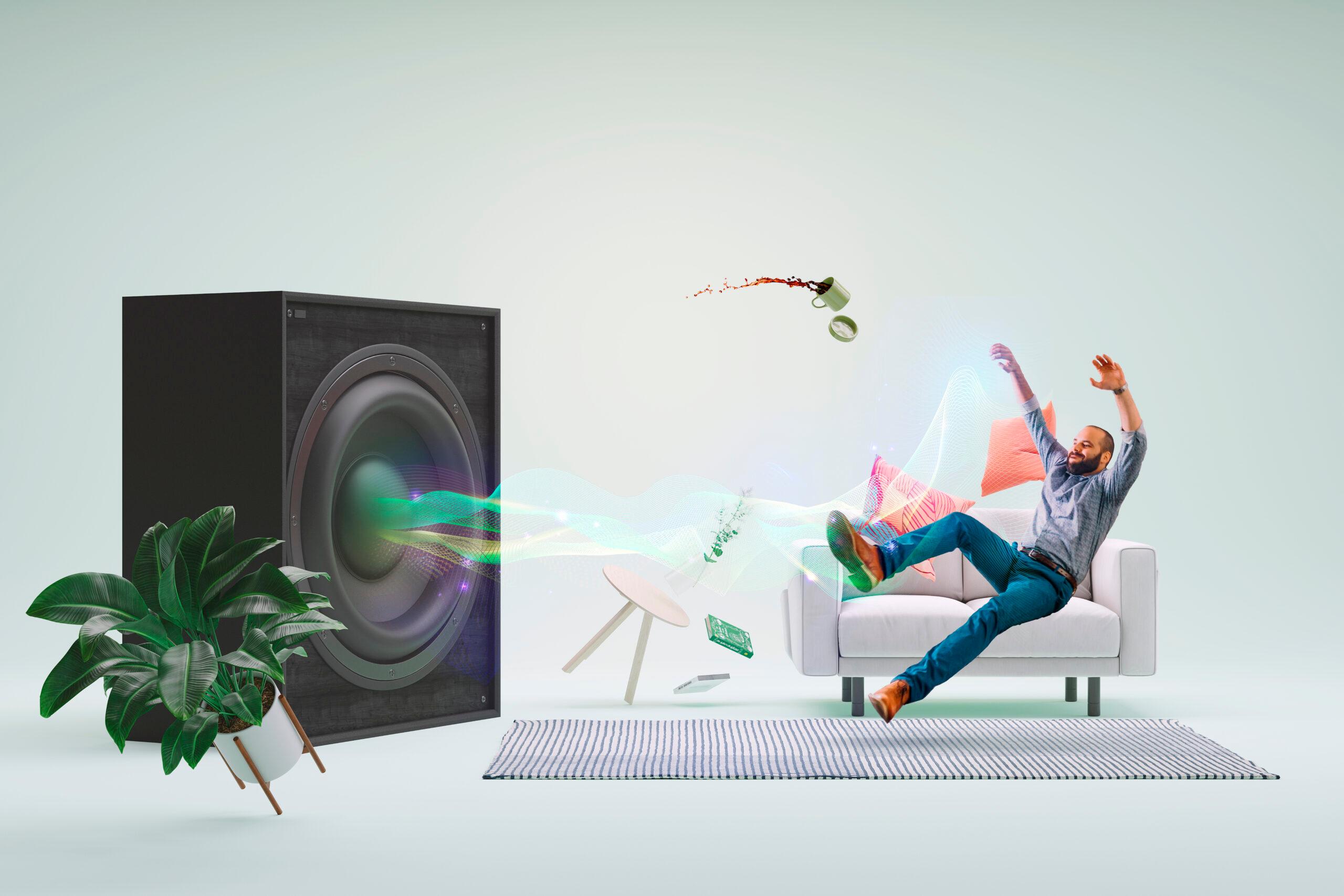Ringtones vs. Vibration: Which Is Better for Productivity?

Every ping or buzz from your phone shatters concentration. In one study, just hearing a notification—even if it’s not yours—reduced task performance by 12%. But is a loud ringtone worse than a silent vibration? This post dives into the science of interruptions, compares the pros and cons of each mode, and gives you a hybrid setup that maximizes focus while still keeping you reachable.
1. Why Any Notification Counts as a Distraction
The Cost of Context Switching
When you switch from work to check a buzz or ring, your brain expends cognitive resources. Research shows each interruption costs an average of 23 minutes to refocus on the original task.
The “Attention Residue” Effect
After returning to work, a chunk of your attention remains on the distraction. This “residue” lowers productivity and creativity.
Key takeaway: Whether you buzz or ring, every alert is an interruption. Minimizing their frequency and impact is critical.
2. Ringtones: Pros, Cons & Best Practices
Pros of Ringtones
- Distinctiveness: A clear tone immediately signals an incoming call, reducing the chance you’ll miss important contacts.
- Contact ID: Assign unique tones to VIPs (family, boss), so you know who’s calling without looking at your screen.
Cons of Ringtones
- Auditory Startle: Loud, unpredictable rings trigger a stress response, spiking cortisol and heart rate.
- Social Disruption: In meetings or quiet workspaces, ringtones can disturb colleagues and damage focus for everyone.
Best Practices for Ringtone Use
- Choose Soft yet Noticeable Tones: Pick mid-frequency melodies (~1,000–2,000 Hz) that cut through ambient noise without startling you.
- Limit Duration: Keep ringtones under 5 seconds to minimize distraction length.
- VIP Mode: Use Android’s “Do Not Disturb” exceptions or iOS Focus to let only starred contacts ring through.
Pro Tip: Download “Focus Friendly” tones from Ringtonez’s Productivity Collection.
3. Vibration: Pros, Cons & Best Practices
Pros of Vibration
- Discreet Alerts: A gentle buzz avoids startling you or others, ideal in quiet environments.
- Lower Stress Impact: Without loud noise, vibration alerts cause minimal spike in stress hormones.
Cons of Vibration
- Phantom Vibrations: Over time, people report “feeling” buzzes that never happened—evidence of hyper-awareness that itself is distracting.
- Missed Calls: In noisy settings or when phone is in a bag, vibration may go unnoticed.
Best Practices for Vibration Use
- Custom Patterns: Set distinct vibration patterns for key contacts (e.g., your partner vs. your boss).
- Moderate Intensity: On Android, adjust vibration strength to be firm enough to notice without jarring you.
- Combine with Visual Cues: Enable flash alerts or LED notifications as a backup in noisy environments.
Pro Tip: Use vibration–silent hybrids in Focus modes to catch only top‐priority alerts.
4. Hybrid Strategy: Get the Best of Both Worlds
- Day Mode: Ringtone on, vibration off—when you’re expecting important calls or outdoors.
- Work Mode: Ringtone off, vibration on—in meetings or deep work sessions.
- Night Mode: Silent only, with select “Emergency VIP” contacts allowed via custom vibration and flash alerts.
Switch modes automatically with Android’s “Schedules” or iOS Focus automation. This tailored setup reduces unnecessary interruptions while keeping you reachable for what truly matters.
Conclusion
Interruptions cost time, focus, and creativity—whether they’re loud rings or discreet buzzes. By understanding the pros and cons of each alert mode and adopting a hybrid approach, you can reclaim up to 23 minutes per interruption cycle and dramatically boost your productivity. Explore Ringtonez’s curated “Focus & Flow” collection for tones and vibration guides designed to keep you in the zone.


